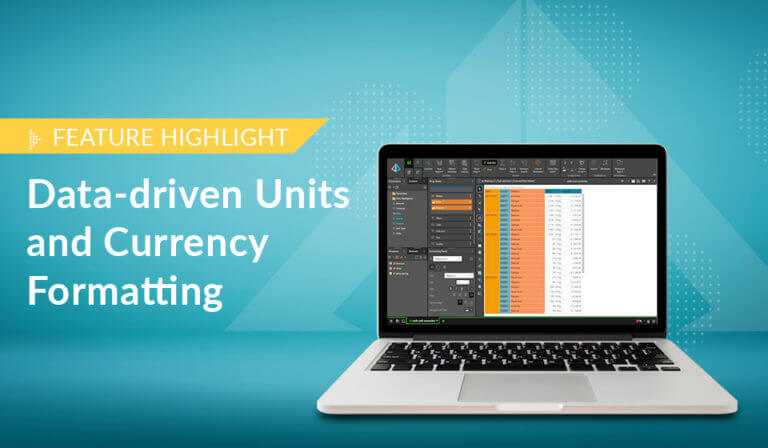Date-time analysis is a central pillar of modern analytics. Every business needs to track progress over periods of time, and more importantly, compare and evaluate that progress between two time periods. Obvious examples include: comparing the fourth quarter of a year to the same quarter of the previous year, or comparing this month to last month.
In data science there are two different types of date-time functions:
- Date-time groupings – Where data is bucketed for the purpose of further analysis, and
- Date-time calculations – Where totals are calculated according to different time periods like year-to-date, month-to-date, etc.
An effective BI tool requires seven key time intelligence capabilities. Without these, you simply have the wrong tool.
- Database-resident definitions of buckets – During the modeling process, you must be able to create time intelligent fields in the database based on date fields.
- On-the-fly definitions – Where it’s not possible to write back to the database, which is often the case, you must be able to create on-the-fly definitions for date buckets.
- Code-free calculated objects – You must be able to click and create calculated objects like year-to-date, month-to-date, etc.
- Parameter-driven date ranges – You must be able to input dates that drive all related calculations, with the ability to define date ranges on the fly.
- Measure-independent date-time objects – You must be able to define a date-time calculation object and it should then work for all measures automatically without having to code for each measure—e.g., sales, expenses etc.
- Custom calculations – The BI tool must be able to expand and adjust date-time calculations for a specific user query (e.g., what were year-to-date sales two years ago).
- Code-free solution – The less code required to answer standard questions, the better.
Further reading
For more on Pyramid’s solution for time intelligence see blog links below:












